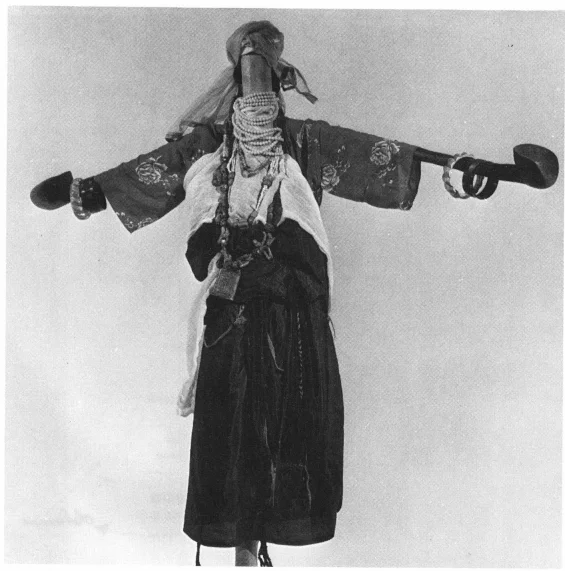In the heart of Moroccan legend, Anzar’s love story develops, mirroring forbidden love and natural equilibrium. Drawing similarities, Romeo and Juliette’s tragedy, set in Verona, Italy, depicts a love restricted by social problems.
Both stories revolve around forbidden love, cultural limits, and the persistent human desire for connection. While Anzar and Juliette’s novels differ in geography and detail, they both address universal emotions.
Anzar’s Love Tale: The Myth of the Rain Lord and His Enchanting Fiancée
According to Henri Genevois, a priest with a strong interest in Berber mythology who lives in Algeria, the story of Anzar begins with a lady, a river, and a village that relies on rain for sustenance. According to this story, Anzar, the Rain Lord, met a girl of amazing beauty, causing the river to flow again and vegetation to bloom throughout the region, as described by MondeBerbere.
The mythology tells of Anzar’s intense feelings for a woman he wished to marry. The account describes her ritual of bathing in a river with a silver reflection, saying, ‘When the Master of the Rain came to the ground and approached her, she would back away in terror, and Anzar would gracefully leave.’ This feeling is well expressed in a Berber poetry relating the tale of Anzar.”
what is the story of Anzar’s Love and the Talghenja Ritual
Long ago, in Morocco, there was a strong rain god named Anzar. He fell in love with a stunning woman, but she was afraid of him. When Anzar approached, she backed away, and he left.
Anzar’s love was so great that when the woman rejected him, the region suffered as rivers dried up and resources became scarce. But Anzar did not give up. He threatened to withhold water unless the woman consented to become his.
Finally, she declared her love, and a magnificent moment occurred. Anzar, appearing as a dazzling flash, hugged her. Suddenly, the rivers ran anew, and the land grew green.
This myth inspired a unique ritual known as Talghenja, in which people wrap a ladle in cloth and parade it while singing for rain and Anzar. This custom has evolved throughout time, but it demonstrates how much the Berber people valued nature and balanced their environment.
Simply said, Anzar’s narrative teaches us about love, nature, and how old traditions relate to the changing seasons. It’s like a beautiful story that teaches us the value of balance in our environment.

